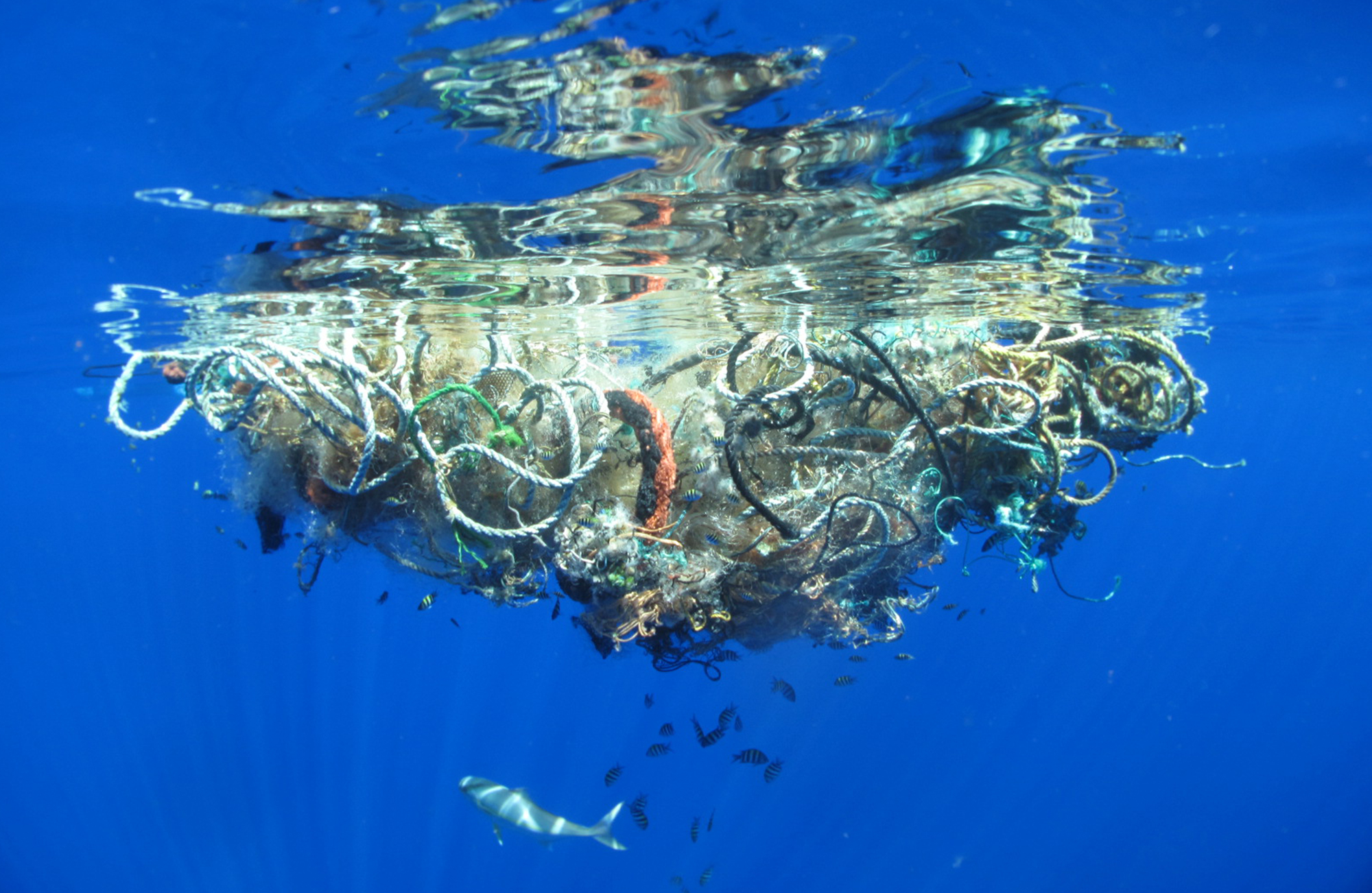
Pollution isn’t a new phenomenon. Sure, we as citizens of the Earth might be producing more than we have in the past, but where we put our garbage is an age-old question. Unfortunately, where it goes can have a huge impact on our environment. Often times, we see garbage being dumped into the ocean or finding its way there for some unknown reason. But now, there’s a project underway to clean up the 88,000 tons of plastic floating around int he Pacific Ocean. This project is deemed the “Great Pacific Garbage Patch”.
On Sunday, the Ocean Cleanup Project started towing its “Ocean Cleanup System 001” from San Francisco to a trial site some 240 nautical miles (260 miles) away. Once it arrives, the wind and waves will push System 001 into a U-shape and it will slowly drift along on its own. A 10-foot long skirt hanging below will collect pieces of plastic as small as a millimeter in size, and smaller boats will later scoop them up and take them to shore for recycling. Genius right? I mean, it’s using mother nature (wind and waves) to do the work for it. Thus, not creating any more pollution than is necessary.
During the two week trial, the system will be extensively monitored in order to make sure that it does the job, while not harming any plankton or other critical marine life. This whole idea is incredibly complicated if you think about it. Not only, does it find a way to get rid of garbage in the water, but it also has to take into considerations things like marine life. As I mentioned, what I like the most about it is the fact that it uses existing conditions – wind and water – to make it work. Rather than building something new, we’re seeing existing infrastructure, or as I’ve already explained – mother nature – do the work for us. Or at least a portion of the work.
Joost Dubois from The Ocean Cleanup had this to say:
“We want to catch plastic, not fish. We’re trying to solve an environmental problem so we need to make sure we don’t create a bigger problem in its place.”
Once the trial ends, it will be towed another 900 nautical miles in order to begin its main mission which is to clean up the Pacific Garbage Patch. Crews will stay at the patch for six months to continue monitoring but hope that an autonomous vehicle can do the job after they leave.
Why is this even necessary? There is an estimated 165 million tons of plastic in the ocean today, but if left untouched that could mean more plastic than fish by 2050. The Ocean Cleanup Project hopes that System 001 can extract about 55 tons of plastic from the ocean per year. That wouldn’t make too big a dent in the88,000-ton patch, let alone the 9 million tons that enter the ocean each year. However, the group hopes to eventually deploy 60 systems that would extract 50 percent of the Pacific garbage patch plastic every five years.
While I think this is a great initative to clean up what’s already there, I think that more work needs to be done around how and why it gets put into the ocean in the first place. Is it a matter of ignorance and people dropping garbage into the ocean on their own? Or is it a systemic issue that sees local governments not stopping it from occurring in the first place? Either way, education is key.
